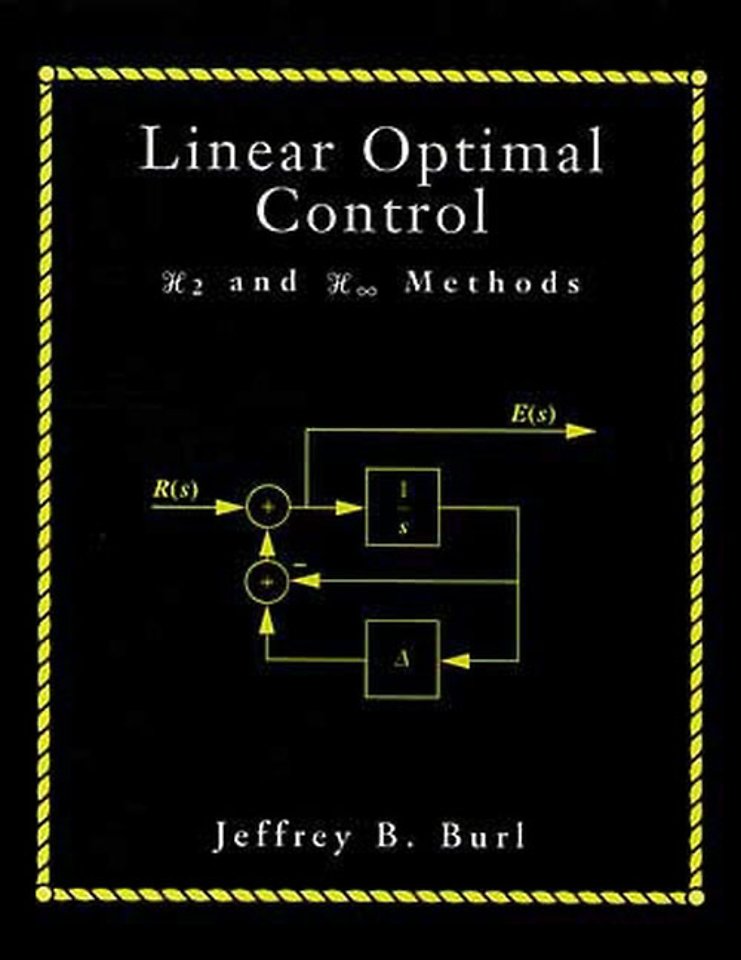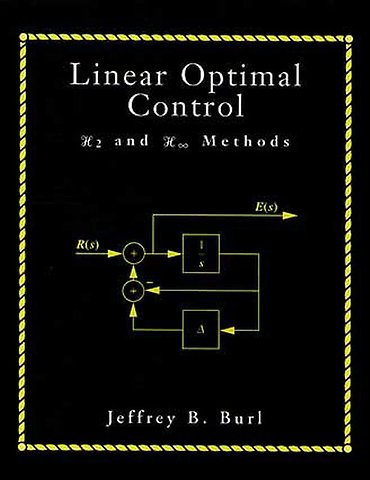Linear Optimal Control
Samenvatting
Linear Optimal Control: H2 and Hà Methods is a reader-friendly book that features recent research results on robustness, Hà control, and ...m- synthesis. Linear Optimal Control combines these new results with previous work on optimal control to form a complete picture of control system design and analysis.
A comprehensive book, Linear Optimal Control covers the analysis of control systems, H2 (linear quadratic Gaussian), and Hà to a degree not found in many similar books. Its logical organization and its focus on establishing a solid grounding in the basics be fore tackling mathematical subtleties make Linear Optimal Control an ideal learning tool.
Back Cover
A comprehensive book, Linear Optimal Control covers the analysis of control systems, H2 (linear quadratic Gaussian), and to a degree not found in many texts. Its logical organization and its focus on establishing a solid grounding in the basics before tackling mathematical subtleties make Linear Optimal Control an ideal teaching text. The book's structure also makes it suitable for two-semester, one-semester, and two-quarter courses, as well as for professional use.
Features:
Provides computer projects in each chapter to challenge readers with "what if" questions concerning the choice of cost functions and specifications. Simplifies results and derivations by treating special cases whenever possible without compromising the clarity of the results and methods. Familiarizes readers with the use of CAD tools for robust optimal controller design; software use is integrated throughout the book, and is included in almost every example. Offers a case study that compares the LQG and the µ-synthesis design methodologies and provides guidelines on when to apply which method. Presents LQG and control within a common framework— uses variational methods for both solutions.

